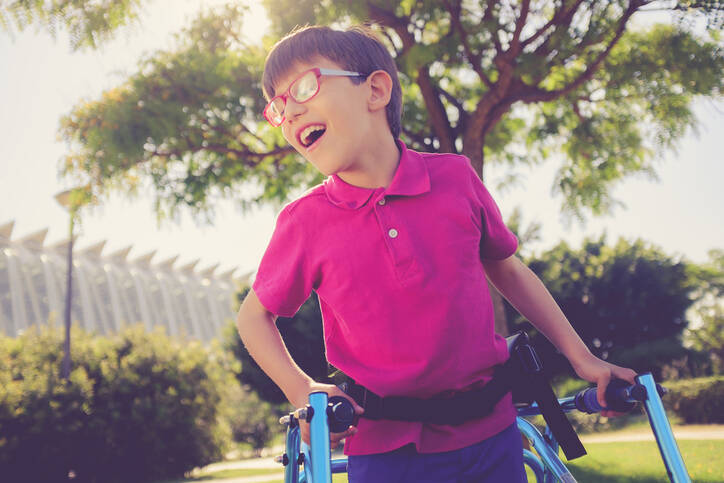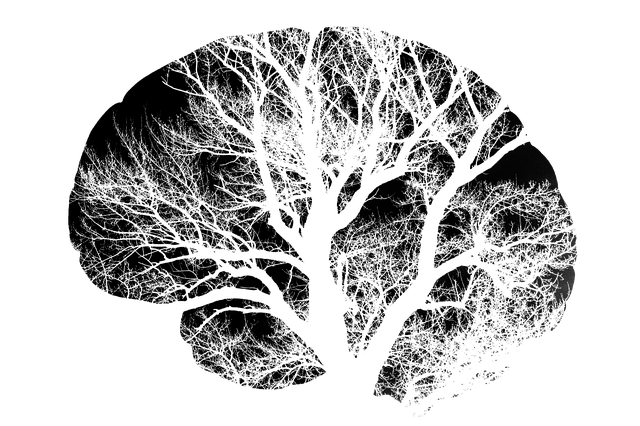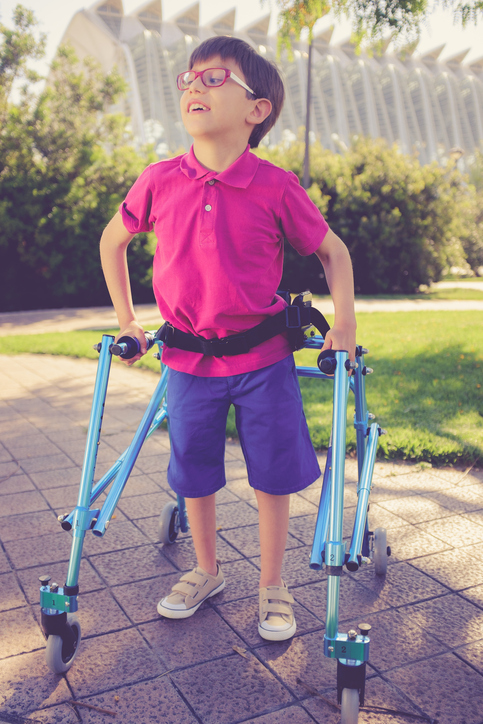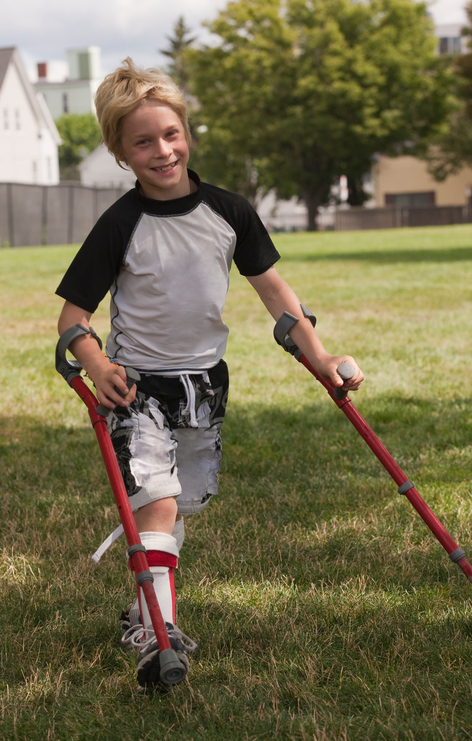- "Cerebral Palsy: Hope Through Research". National Institute of Neurological Disorders and Stroke.
- Oskoui, M; Coutinho, F; Dykeman, J; Jetté, N; Pringsheim, T (June 2013). "An update on the prevalence of cerebral palsy: a systematic review and meta-analysis". Developmental Medicine & Child Neurology. 55 (6): 509–19.
- Haak, Peterson; Lenski, Madeleine; Hidecker, Mary Jo Cooley; Li, Min; Paneth, Nigel (October 2009). "Cerebral palsy and aging". Developmental Medicine & Child Neurology. 51: 16–23.
- "Cerebral Palsy: Overview". National Institutes of Health.
- "CEREBRAL PALSY, SPASTIC QUADRIPLEGIC, 1; CPSQ1". Online Mendelian Inheritance in Man.
- Rosenbaum, P. (February 2007). "A report: the definition and classification of cerebral palsy April 2006". Developmental Medicine & Child Neurology. 49: 8–14.
- Farag, Sara M.; Mohammed, Manal O.; EL-Sobky, Tamer A.; ElKadery, Nadia A.; ElZohiery, Abeer K. (March 2020). "Botulinum Toxin A Injection in Treatment of Upper Limb Spasticity in Children with Cerebral Palsy: A Systematic Review of Randomized Controlled Trials". JBJS Reviews. 8 (3): e0119.
- Blumetti, Francesco C; Belloti, João Carlos; Tamaoki, Marcel JS; Pinto, José A (8 October 2019). "Botulinum toxin type A in the treatment of lower limb spasticity in children with cerebral palsy". Cochrane Database of Systematic Reviews. 2019 (10): CD001408.
- "How many people are affected?". National Institutes of Health.
- Panteliadis, C; Panteliadis, P; Vassilyadi, F (April 2013). "Hallmarks in the history of cerebral palsy: from antiquity to mid-20th century". Brain & Development. 35 (4): 285–92.
- "What is cerebral palsy?". The Cerebral Palsied Association of the Philippines Inc.
- Rosenbaum, P; Paneth, N; Leviton, A; Goldstein, M; Bax, M; Damiano, D; Dan, B; Jacobsson, B (2007). "A report: The definition and classification of cerebral palsy April 2006". Developmental Medicine & Child Neurology. 49 (s109): 8–14.
- Kent R (2013). "Chapter 38: Cerebral Palsy". In Barnes MP, Good DC (eds.). Handbook of Clinical Neurology. 3. Vol. 110. Elsevier. pp. 443–459. ISBN 978-0444529015.
- Mathewson, Margie A.; Lieber, Richard L. (February 2015). "Pathophysiology of Muscle Contractures in Cerebral Palsy". Physical Medicine and Rehabilitation Clinics of North America. 26 (1): 57–67. doi:10.1016/j.pmr.2014.09.005. PMC 4258234. PMID 25479779.
- El-Sobky, TA; Fayyad, TA; Kotb, AM; Kaldas, B (25 September 2017). "Bony reconstruction of hip in cerebral palsy children Gross Motor Function Classification System levels III to V: a systematic review". Journal of Pediatric Orthopedics. Part B. 27 (3): 221–230.
Cerebral palsy: What are its causes and how do its forms manifest?

Photo source: Getty images
Most common symptoms
Show more symptoms ᐯ
Can cerebral palsy be treated? Rehabilitation and other treatments
Show moreCerebral palsy is treated by
Other names
DMO, Floppy Baby (Syndrome), PDD













